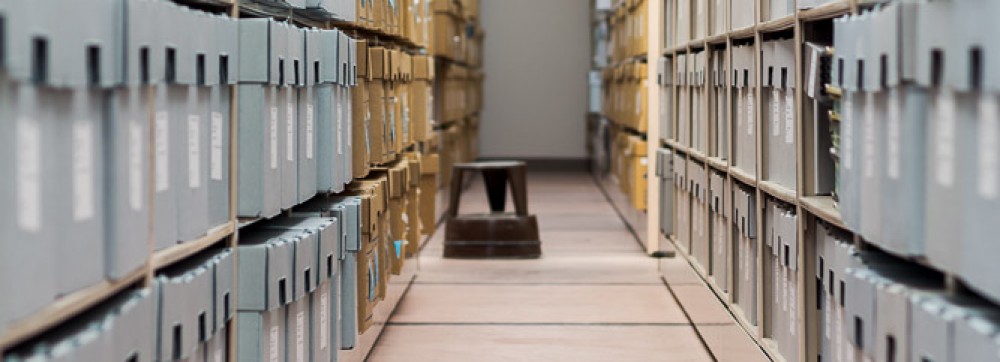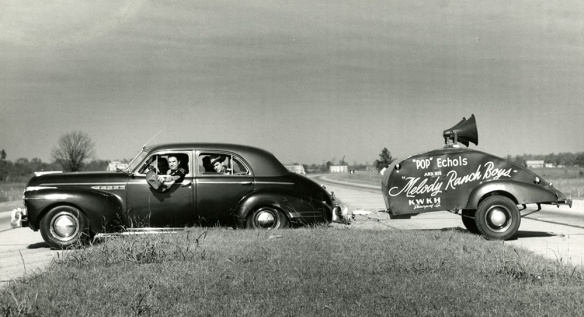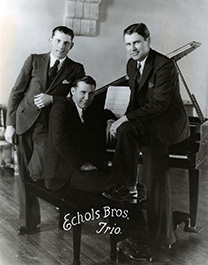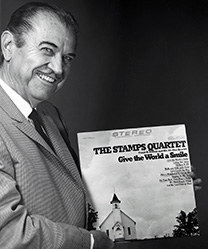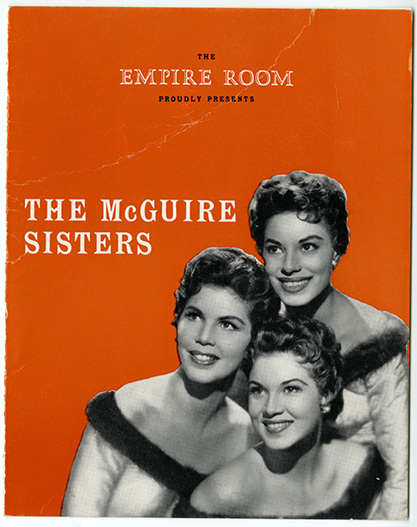Every year in anticipation of Texas Independence Day (March 2nd, for those who aren’t from around here) we dig into our collection of Texas Revolutionary-era newspapers to see what folks of the early 19th century had to say about the soon-to-be Lone Star State. It turns out, they said a lot!
Texas’ independence can trace its origins to a number of sources, one of the most significant of which was the Mexican Revolution (1810-1821) and the creation of the Republic of Mexico. That conflict was reported worldwide, including under somewhat misleading heading “South America” in this copy of the Aberdeen (Scotland) Chronicle from November 9, 1816. Only a small portion of the conflict took place in Texas, but the province does get mentioned in this early report. It was also on the mind of the United States, as the revolutionary forces frequently petitioned for legitimacy (and funds) from their northern neighbor.
During these tumultuous revolutionary years, opportunistic men from the States kept their eye on the millions of acres of land that Mexico had to offer in the province of Tejas. The National Journal on August 6, 1825, reported an instance of attempts to purchase such territory. “Captain Leftwich” of Kentucky had recently moseyed into New Orleans claiming to have snatched up enough land for 800 families. Six to eight million acres of land, in fact! More importantly, speculation about adding Texas to the United States was also well underway in the paper.
As an aside, have you ever wondered where some of the names of Texas’ counties and cities come from? Houston and Crockett are fairly obvious, named for heroes of San Jacinto and the Alamo, respectively. But Milam County is somewhat lesser-known. It’s named after Colonel Ben Milam, about which the Niles Weekly Register of Baltimore, Maryland, had a lot to share on July 19, 1828. He was a Kentuckian, but his status as a self-proclaimed “citizen of the world”–a world in which he bought up a whole lot of Mexican land (as had Stephen F. Austin, also mentioned in the article, and who is now the namesake of Texas’ capital.)
By 1835, revolution was in the air! Texian rebels had risen, determined to free themselves from Mexican rule (and, not coincidentally, to ensure that Mexico was no longer going to tax all that land mentioned above…) The New Yorker on October 31, 1835, offered a glimpse of the excitement. Retaliation by Mexico’s President, “that Chief” Santa Anna “and his myrmidons (was) hourly expected.” Further flowered loquacions followed, including a letter written by General Sam Houston himself asking all patriotic Americans to volunteer to aid his people’s cause (and get a generous grant of land to boot.)
The first battle of the Texas Revolution occurred at Gonzales on October 2nd, 1835. News traveled slowly in the 19th century, and so it was November 9, nearly a month after the skirmish, that Rhode Island’s Manufacturers and Farmers Journal, and Providence and Pawtucket Advertiser reported it. The numbers of combatants and casualties was exaggerated, turning two hours of desultory exchanges into a much larger conflict…but story probably wouldn’t have sold many newspapers.
The Battle of San Jacinto on April 21, 1836, effectively ended the Texas Revolution in favor of the Texians. And despite what the August 17th, 1836, issue of the National Intelligencer would have you believe in these excerpts, Mexican forces never reentered Texas after the capture of President and General Antonio Lopez de Santa Anna during that fight. In fact, thousands of settlers swarmed Texas, eager for a fight (which was not forthcoming) and for a chance to settle in the newly liberated area (which definitely forthcame.)
These newspapers in their entirety, along with many of their contemporaries, can be found among our numerous digitized archival collections. For interested researchers who make the journey to us in Lubbock, some can even be viewed in person, along with our many other collections related to Texas history. Just give our cheerful Reference Staff a call and they’ll see what they can set up for you.
